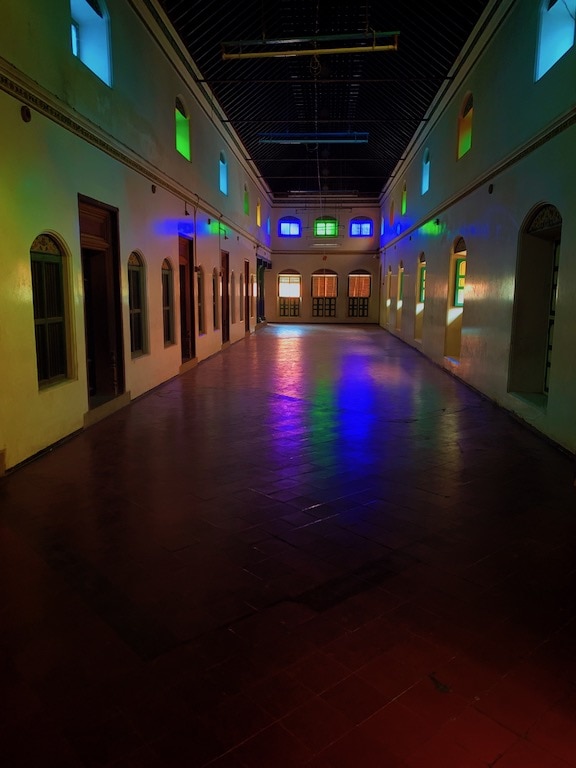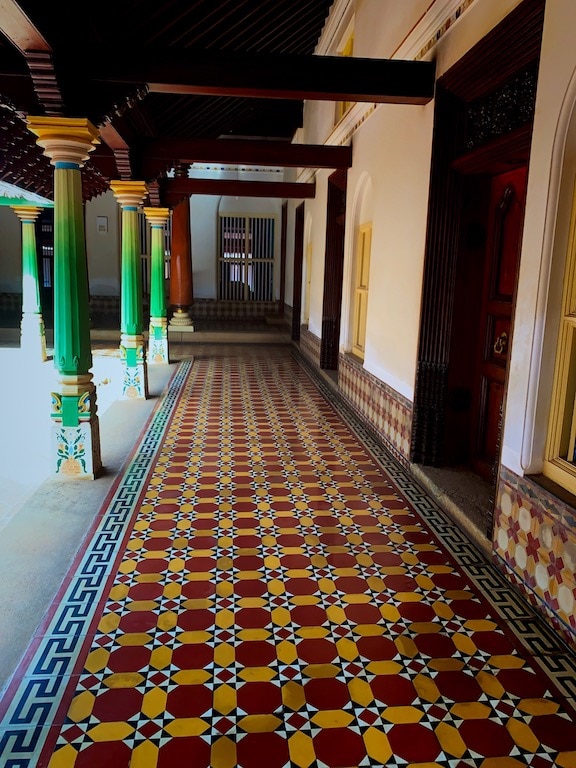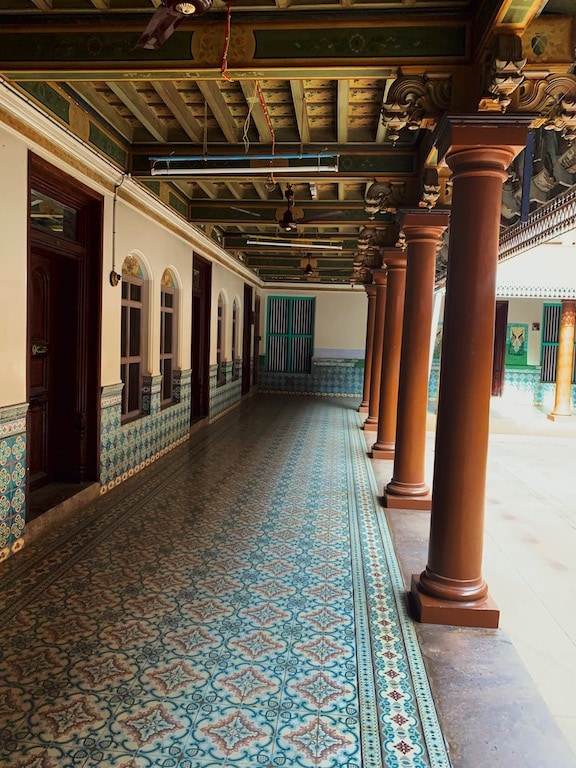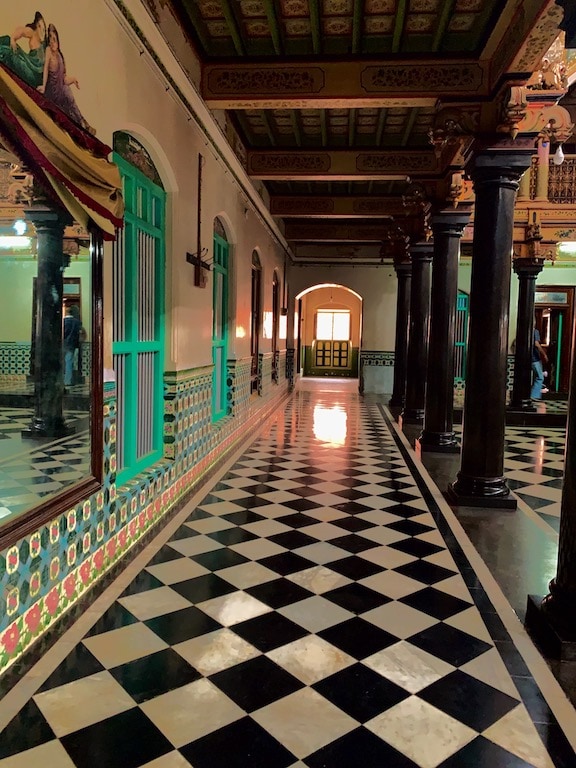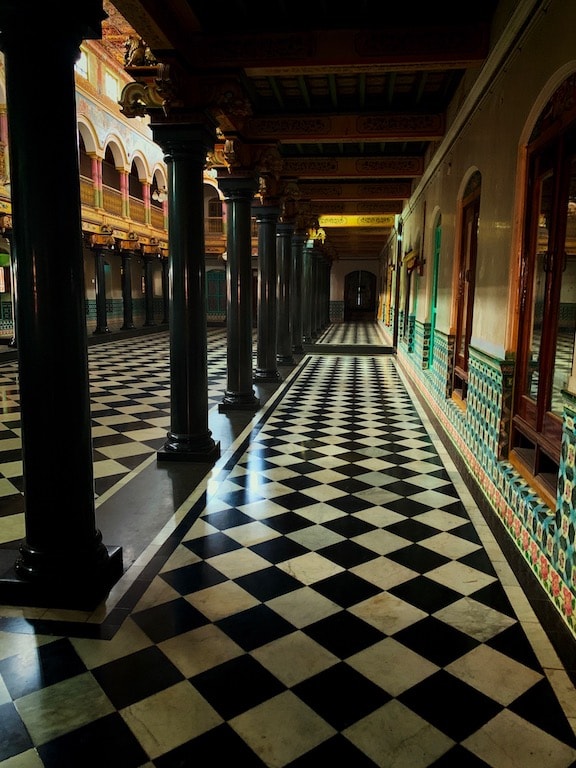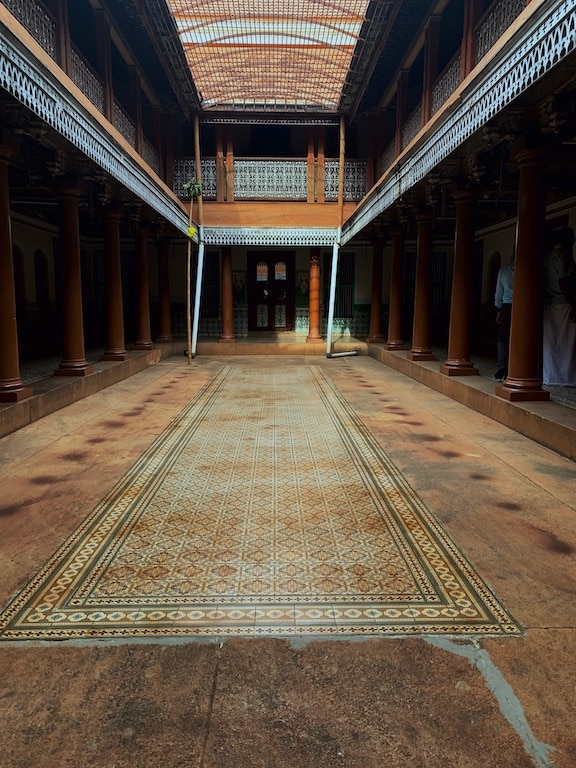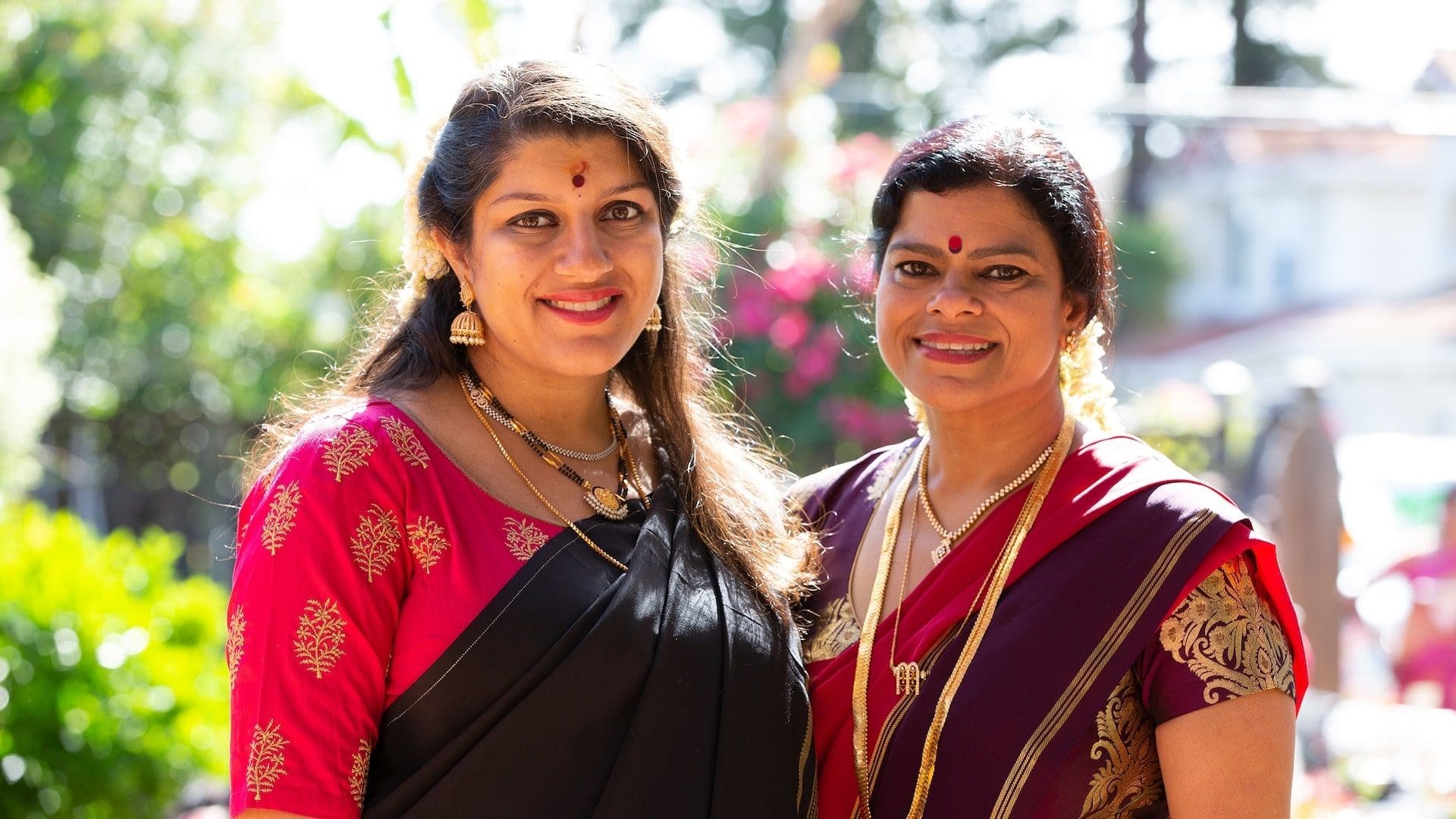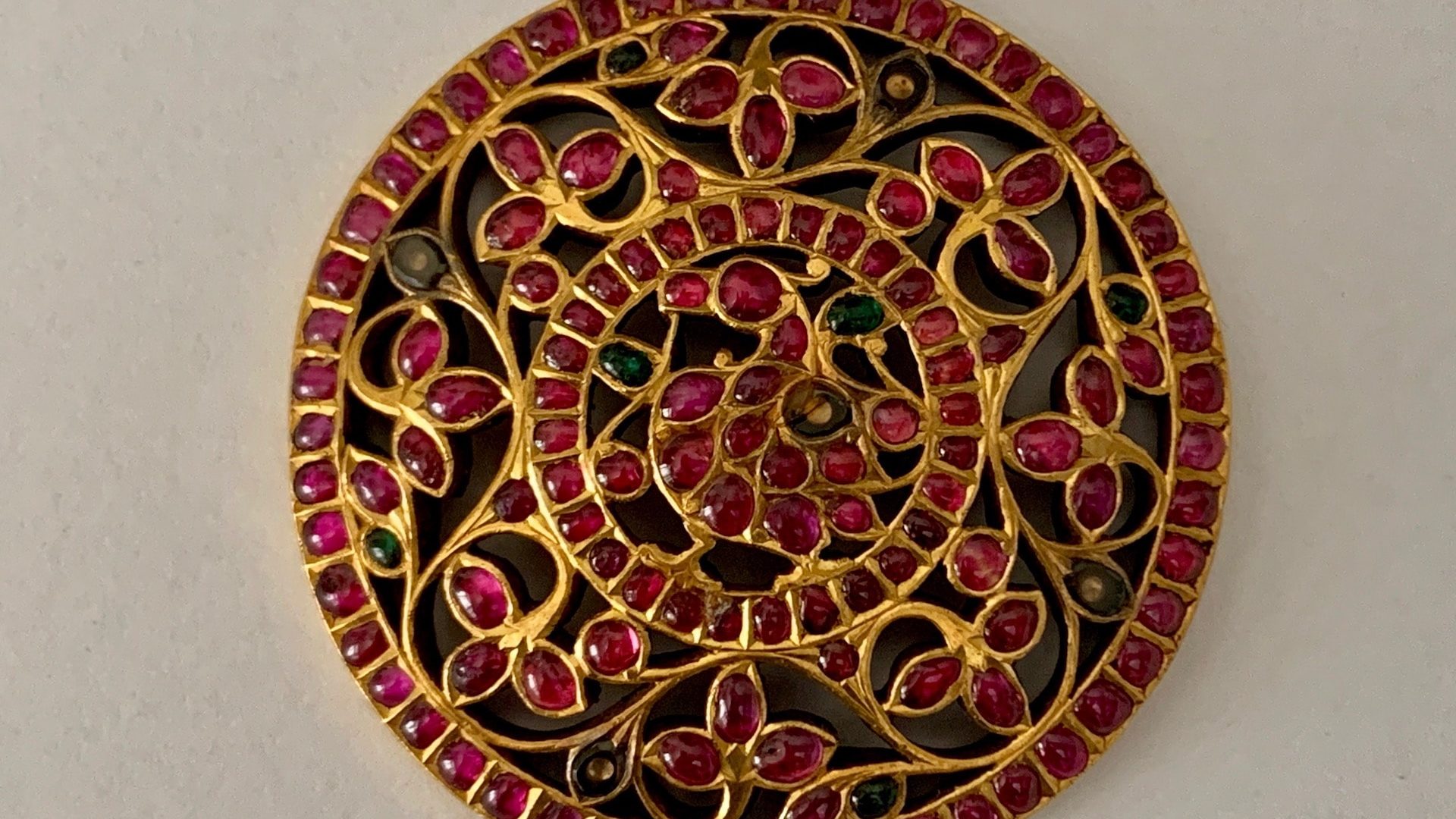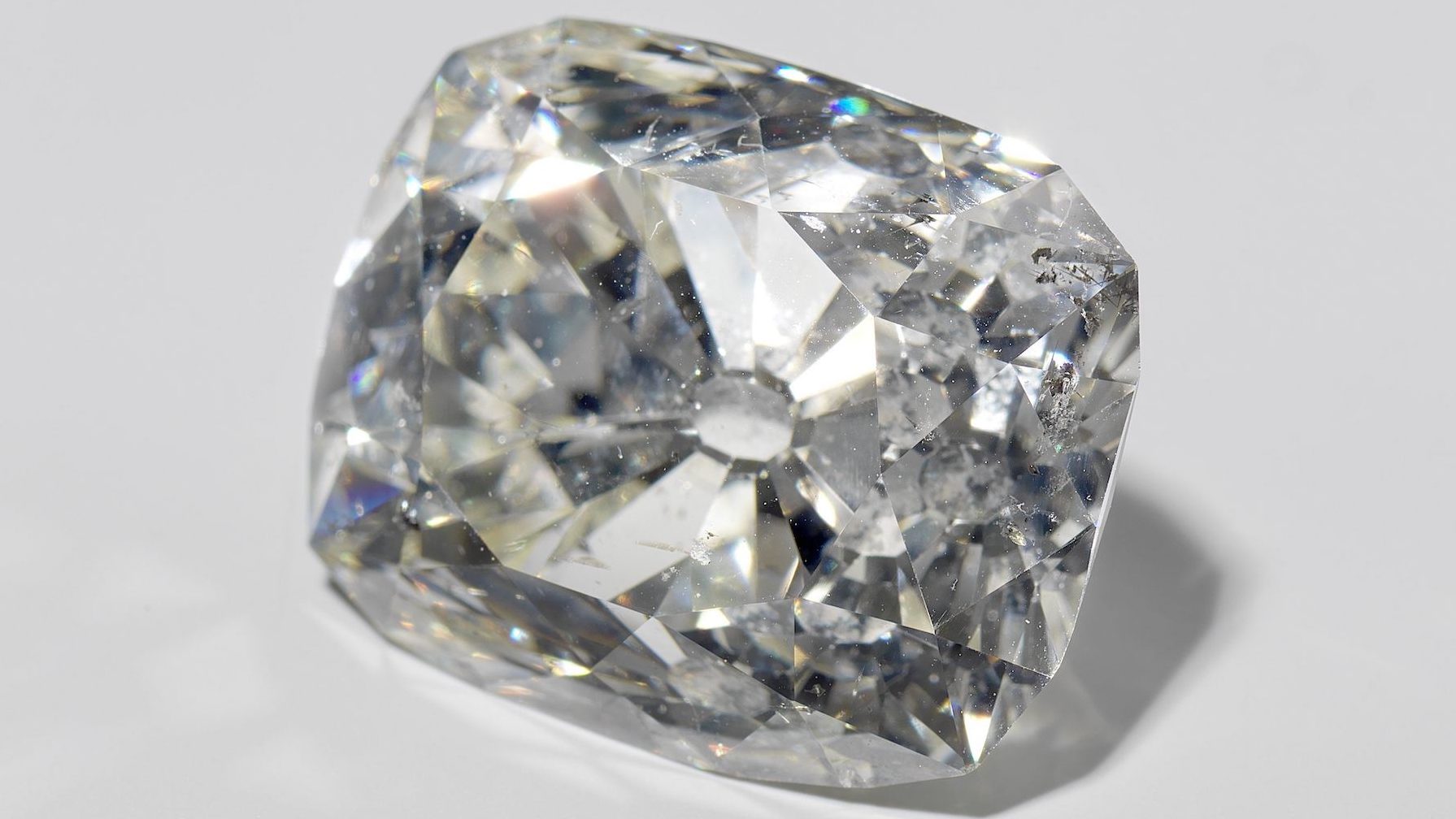[expand title=”Where did the Chettiars come from?”]The creation myth of the Chettiars begins with a long arduous migration.
Some say Naganadu (land of the snakes) but there is scant proof of that.
What is known is that they were gem dealers in the rich coastal city of Poompuhar or Kaveripoompattinam.
They had names such as Muthu and Vairam. Also call Vairavan. These ancient businesses are plied to this day.
They used these gems to crown successive Chola monarchs, bankroll their war chests.
Until the day one Chola king lusted after a Chettiar woman and carried her away.[/expand]
[expand title=”The Grand Migration.”]Stung by this betrayal, the Chettiars migrated en masse to Pandya country.
Here too, they prospered.
They were traders who decided to travel to Southeast Asia to buy gems.
Over time, they forged links to Malacca, Sumatra, Menam, Mekong.
They always returned home with the profits of their trade and built giant mansions in Chettinad.
The mansions gave them the name Nattukottai Chettiars.
They preferred to be called Nagarathar.[/expand]
The term Nattu-kottai means land-fort and refers to their fort-like mansions
They were also called Nagarathars, meaning towns-folk and implying sophistication
The Chettiars were known for being gem-merchants. Common names include Muthu (pearl) and Vairavan (diamond-seller)
They have an annual ritual where they enact the buying and selling of gems underneath a cloth.
The name Chetty, as with the name Setty or Seth or Shetty comes from the root, Shreshti, meaning they were part of a merchant-guild of makers
Each Chettiar man is linked to a temple, which becomes the centre of his clan.
Chettinad extended till the sea in the east, the Vaigai river in the south, Piranmalai peak in the west and Vellar river in the north.
In the centre was the town that would be called Karaikudi. And this is where anyone who wants to experience Chettinad today lands.
Nine clan temples dot Chettinad. Each chettiar is a member of one of these nine temples.
[expand title=”Decorating their mansions like a bride.”]The Chettiars went to Ceylon/Sri Lanka, Malaya and Burma.
They traded in salt, rice, diamonds from Golconda, and pearls from the Gulf of Mannar.
They brought back teak from Burma, Satinwood from Ceylon, marble from Italy, granite from the Eastern Ghats that could be polished to a gleam.
They used local building talent and adorned their homes with many crafts.
It is here that Chettiar families still congregate to celebrate births, weddings and milestones[/expand]
“The wealth of Chettinad comes from the travels of its men.”
Visalakshi Ramaswamy, heritage expert, Karaikudi and Chennai.
[expand title=”Why are the houses in Chettinad set at a height?.”]The other creation story comes from a tsunami.
The Chettiars lived by the coast when a tsunami struck.
So they migrated inland to the most arid part of Tamilnadu that they could find.
Worried that the water would still find them, they built homes that were a few steps above ground.
This explains why the mansions of Chettinad look inward, are built like a fort and have a raised verandah around the living room.
At least, that’s the story.[/expand]

